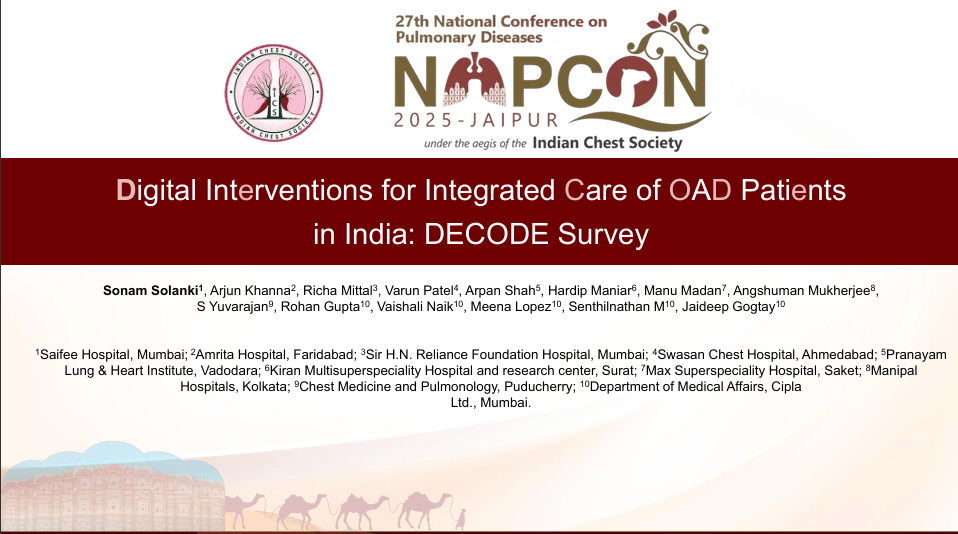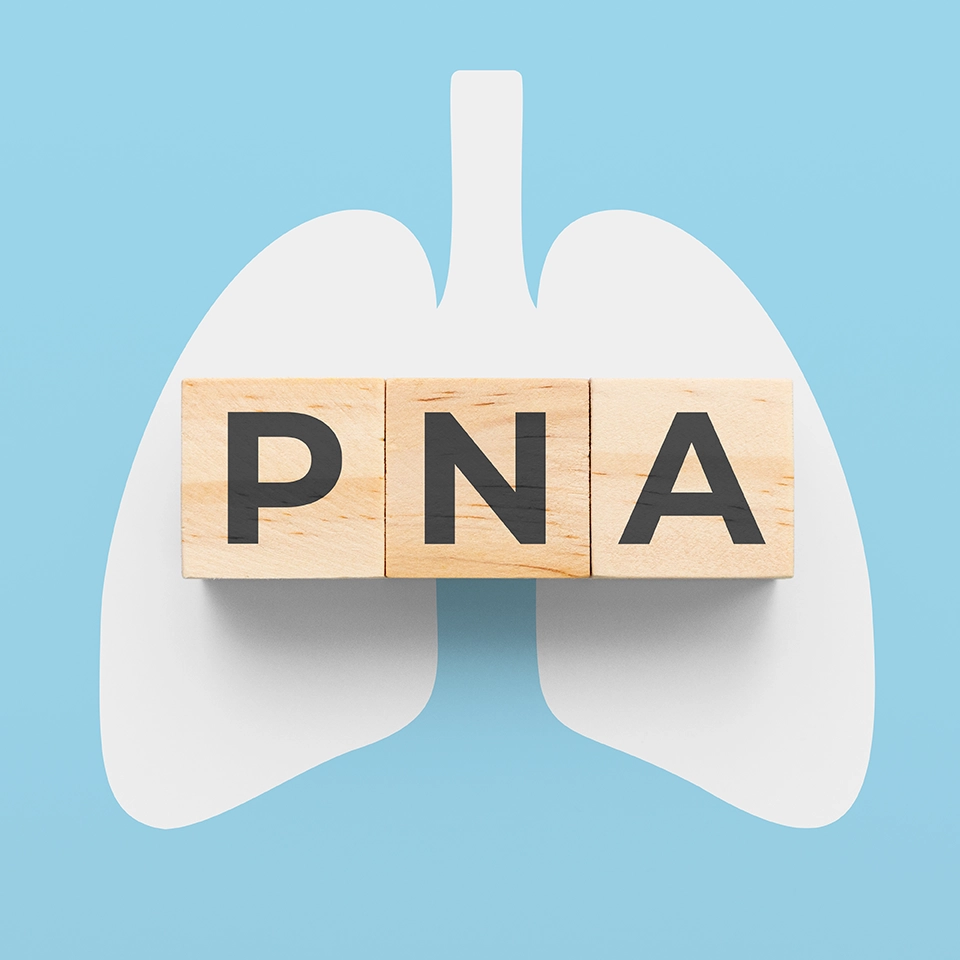Prevalence of Allergic Rhinitis Using the Score for AR Questionnaire in Indian Patients
Introduction
The prevalence of allergic rhinitis (AR) varies widely across Asia and India, affecting children, adolescents, and adults. Despite its impact, many patients self-medicate without diagnosis. Risk factors include atopy, environmental exposure, and premature birth. Skin-prick test and serum-specific IgE tests are valuable diagnostic tools. However, the access to such tools is limited in rural Indian settings. Score for Allergic Rhinitis (SFAR), a validated questionnaire, which differentiates AR from non-allergic forms of rhinitis, might be a good option in such settings. Given rising urbanization and seasonal triggers, effective screening and management strategies are urgently needed across all age groups in India.
Aim
To assess the in-clinic prevalence of allergic rhinitis (AR) in patients aged >11 years presenting with nasal symptoms, using the SFAR questionnaire (cutoff score ≥7), across clinics and hospitals in India.
Method
Study Design
- Multicentre, cross-sectional study
Treatment Strategy
- Data from AR screening camps held across 19 Indian states/Union territories was analysed
- Using the SFAR questionnaire (cutoff ≥7) integrated into mobile-automated diagnostic device, 40,001 patients aged ≥11 years with nasal symptoms were screened
- The device provided instant, non-invasive AR risk scores
- Demographic and clinical data were analysed using descriptive statistics and logistic regression
- Using logistic regression, multivariate analysis was conducted to account for confounding variables, including gender and age
- The correlations between various risk factors and presence of AR were evaluated
Endpoints
- Prevalence of AR
- Risk factors of AR
Results
- This study involved 3358 doctors, including ENT surgeons and chest physicians, and 40,001 patients across India
- The study population consisted predominantly of males (65.4%), with a mean age of 39.08 years
- About 53.7% were AR+ with an SFAR score ≥7
- The overall cohort and AR+ patients reported sneezing as the most common symptom, followed by runny nose and blocked nose as shown in Figure 1.
Figure 1. Prevalence of nasal symptoms on overall cohort and AR+ patients
- Nasal symptoms were most reported during October to January by 30-37.5%
- The prevalence of AR was slightly higher in females; 54.7% vs 53% in males
- Family history of asthma/eczema/AR was reported by 37% and 50% of the overall cohort and AR+ cohort respectively
- Indoor dust mites were the most common trigger (54.7%) followed by pollen and pets
Figure 2. Trigger factors
- AR was significantly associated with female gender, family history of asthma/eczema/AR, and exposure to allergens like dust, pollen, and pets
- Multivariate analysis confirmed strong associations with physician-diagnosed allergies and nasal symptoms with itchy eyes
- In the AR+ patients, 46% were already diagnosed with allergies by a physician and only 31.5% were tested for allergy
Conclusion
- SFAR can be an effective in-clinic screening tool in the diagnosis of allergic rhinitis
- AR was significantly associated with female gender, younger age, family history, and itchy, watery eyes alongside nasal symptoms in this Indian study
J Asthma Allergy 2025; 15:1231-1251. Doi:10.2147/JAA.S516448.









